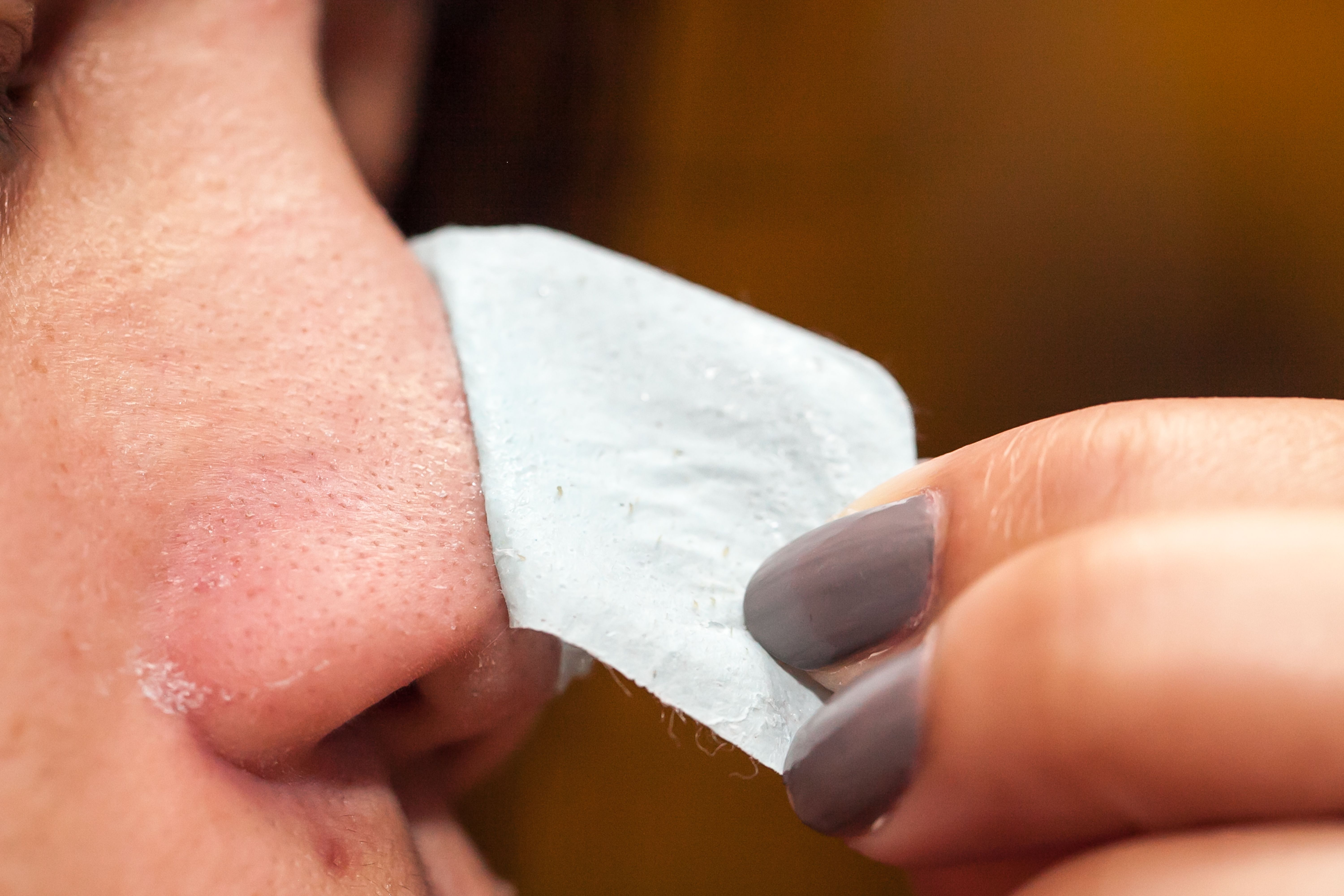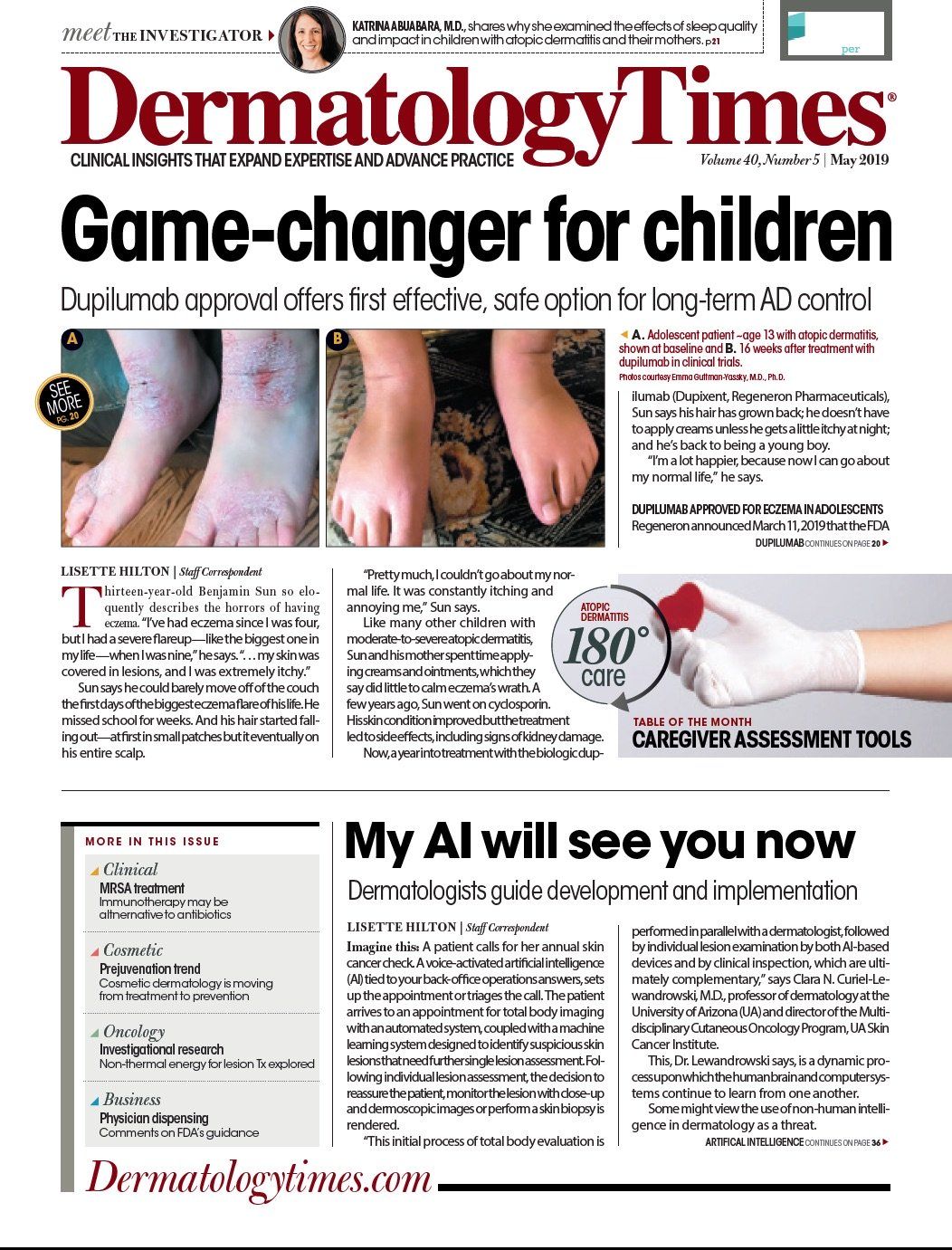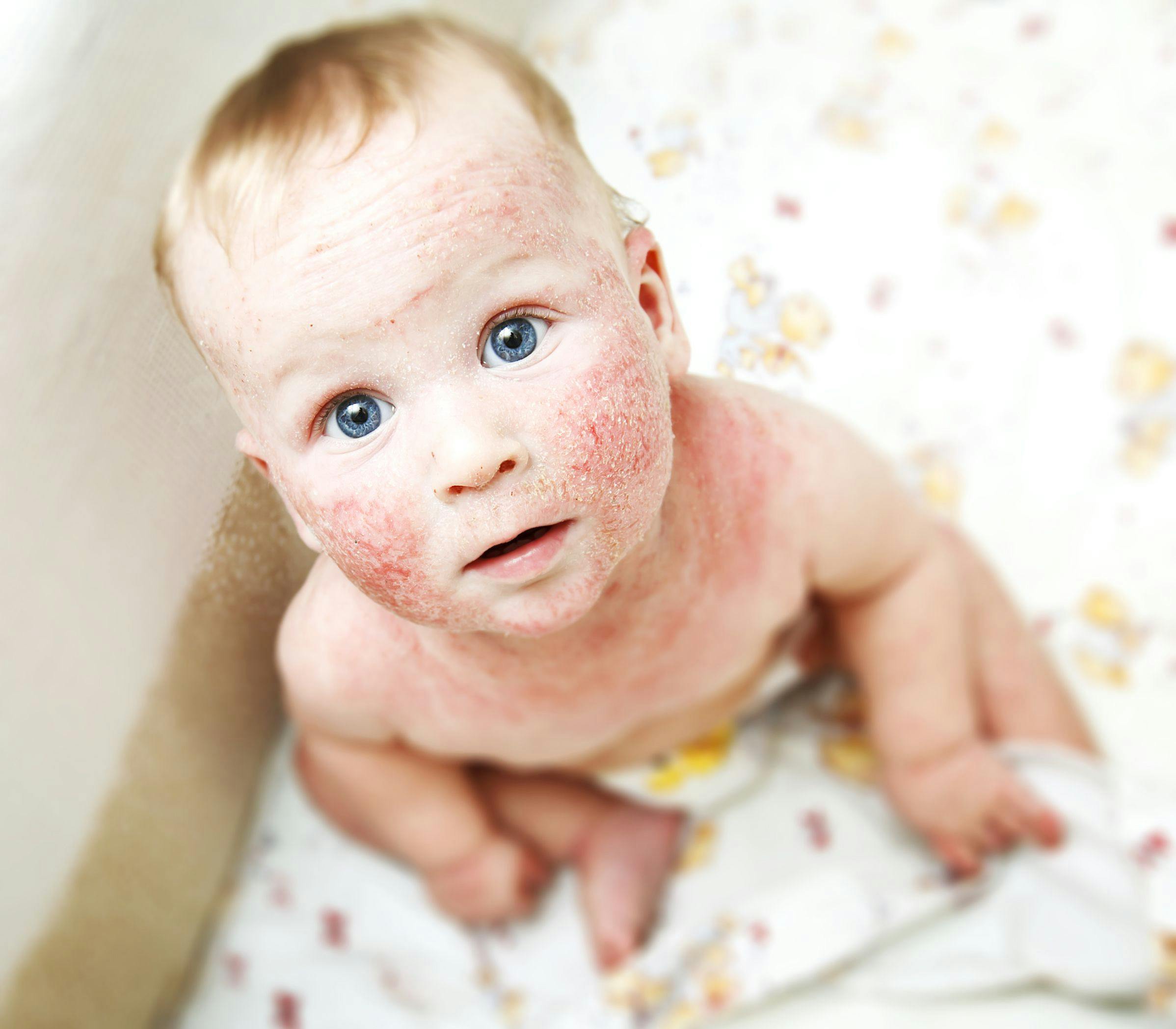- Acne
- Actinic Keratosis
- Aesthetics
- Alopecia
- Atopic Dermatitis
- Buy-and-Bill
- COVID-19
- Case-Based Roundtable
- Chronic Hand Eczema
- Chronic Spontaneous Urticaria
- Drug Watch
- Eczema
- General Dermatology
- Hidradenitis Suppurativa
- Melasma
- NP and PA
- Pediatric Dermatology
- Pigmentary Disorders
- Practice Management
- Precision Medicine and Biologics
- Prurigo Nodularis
- Psoriasis
- Psoriatic Arthritis
- Rare Disease
- Rosacea
- Skin Cancer
- Vitiligo
- Wound Care
Publication
Article
Dermatology Times
Facial care fleshed out
Author(s):
What is the medical value of disposable paper face masks? Is there an effective cosmetic treatment for black dot follicles? Dr. Zoe Diana Draelos answers these questions and more in this month's Cosmetic Conundrums column.
"The best treatment for nasal black dot follicles are the pore strips that contain a glue that polymerizes on the skin," Dr. Draelos notes. (todja - stock.adobe.com)

Q. What is the medical value of the popular paper face masks?
There is no medical value to paper face masks. Then, why are they so popular with consumers? Paper face masks are popular with consumers because of the aesthetic and temporary positive tactile benefits they provide. The masks consist of paper similar to that of diaper wipes, soaked with a solution and placed in a waterproof foil or plastic pouch. The masks sell for anywhere from $1 to $50 based on the place of purchase and the contents of the mask.
The most popular masks are the moisturizing masks that contain a thin serum. The mask is removed from the pouch and placed on the face with holes for the eyes, nose and mouth. The mask can be worn from 5 minutes to 30 minutes, or all day if the mask is elaborately decorated. Some are favored by youths as a party mask. The mask slightly impedes transepidermal water loss and allows the moisturizer to leave a thin film over the face. Many of these masks contain a polymer that creates a smooth film, leaving the skin very soft, however, the tactile assessment is the film and not the underlying skin. Thus, the softness is short lived, but enticing to the consumer.
More elaborate masks may contain rare ingredients, such as caviar, gold particles, or stem cells. While these ingredients add interest and marketing cache, the backbone benefit of the mask is the moisturizing film left behind on the skin. The mask can also be loaded with various fragrances for aromatherapy purposes and relaxation. The masks do not cause any problems unless the consumer has an irritant or allergic contact dermatitis to one of the ingredients.
Q. Is there an effective cosmetic treatment for black dot follicles?
Black dot follicles are common on the nose of adolescents and mature individuals. In the case of adolescents, they represent retained oxidized sebum in the pores, but cannot be considered open comedones since the pore is not dilated. In mature individuals, the black dot follicle may contain both sebum and retained hairs. Black dot follicles do not respond well to acne treatment, and comedolytics, such as benzoyl peroxide, may cause excessive skin irritation. The best treatment for nasal black dot follicles are the pore strips that contain a glue that polymerizes on the skin. Once the pore strip has dried, it is pulled from the nose and, with it, the retained follicular debris. The pore strips must be pulled gently or the skin can be damaged and must be repeated weekly to prevent reaccumulation. Pore strips are a cosmetic temporary safe treatment for black dot follicles.
Q. What is the role of skin care products that do not damage the microbiome?
Microbiome has certainly become the buzzword of the moment in skincare! A new claim entering the cosmetic advertising vernacular is “does not damage the microbiome.” What exactly does this mean? All humans are covered in bacteria, primarily, and some fungus. These organisms are present on all surfaces of the body that interface with the environment and are obtained from the mother during the birthing process and controlled by the immune system. The microbiome is distinct for each human and possesses variations based on body location, sex, and age. It is clear that the microbiome is necessary for skin health and is very difficult to permanently alter.
Are there products that damage the microbiome? Well, the microbiome can be temporarily altered, but permanent changes are difficult to induce. The antibacterial ingredients triclosan and triclocarban were removed from the marketplace by the FDA based on health concerns and the fact that the cleansing industry could not support the antibacterial claim in microbiome studies. It is therefore easy to demonstrate that a skincare product does not damage the microbiome permanently.

Newsletter
Like what you’re reading? Subscribe to Dermatology Times for weekly updates on therapies, innovations, and real-world practice tips.




























